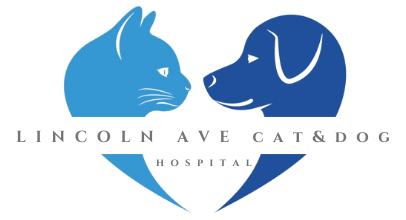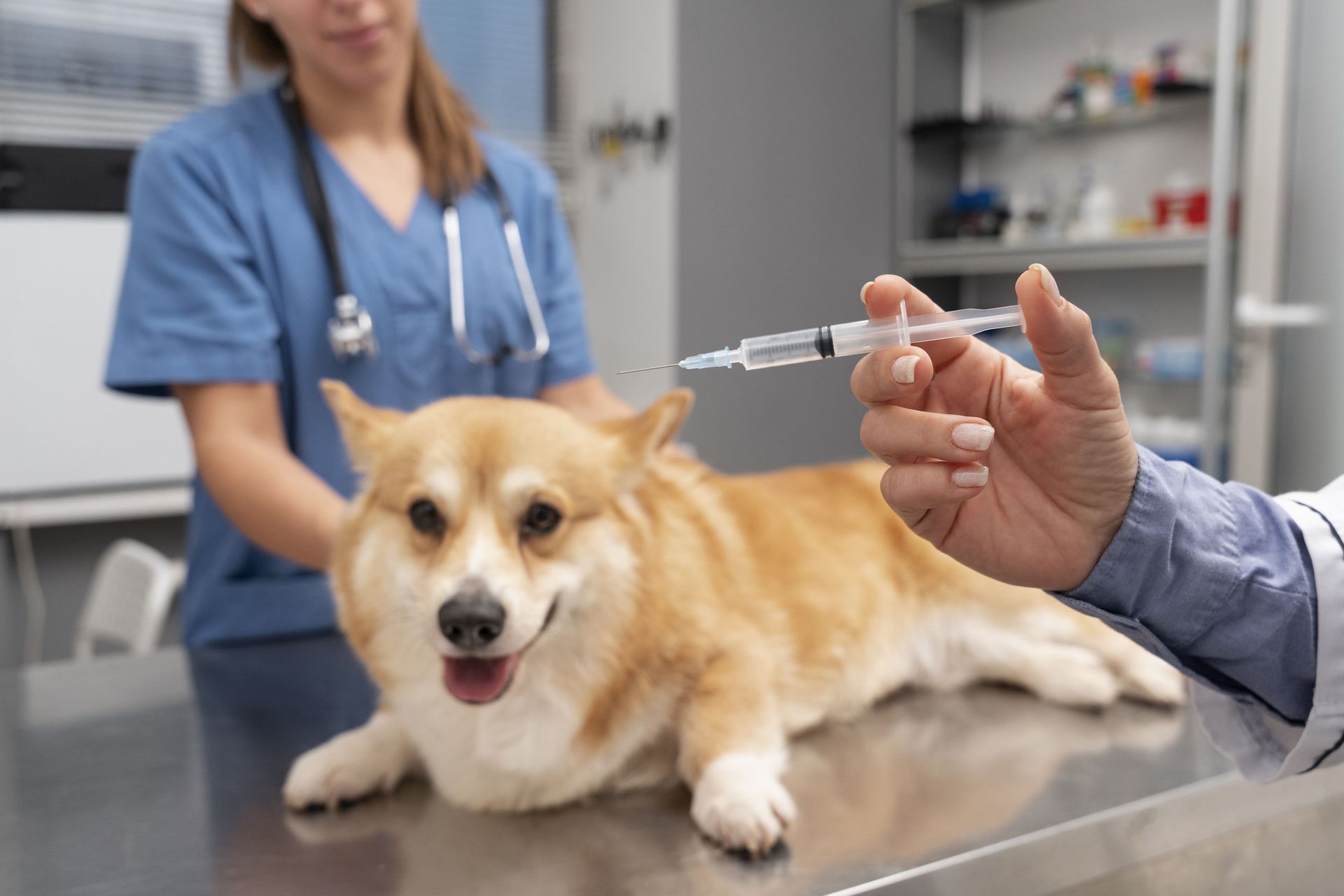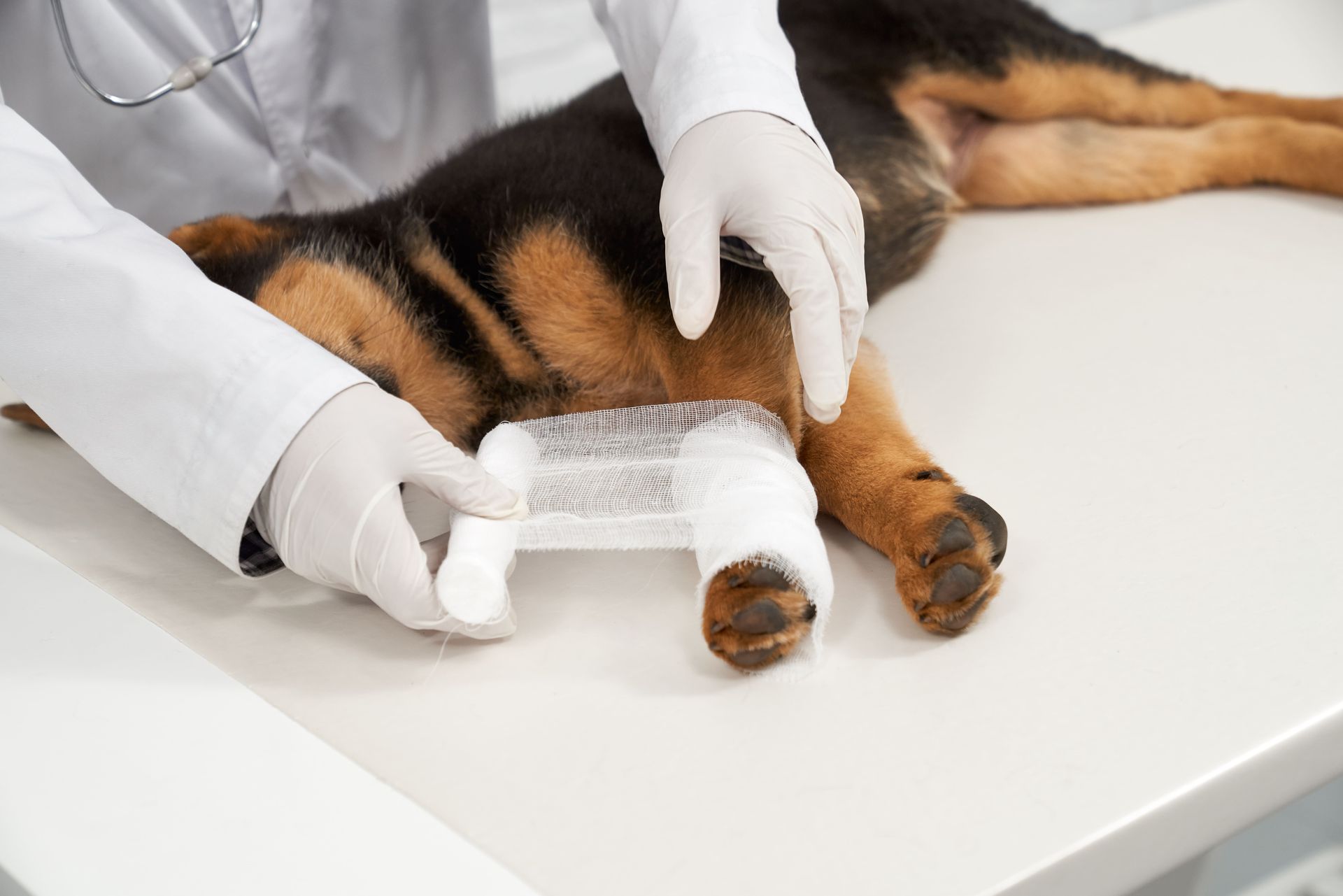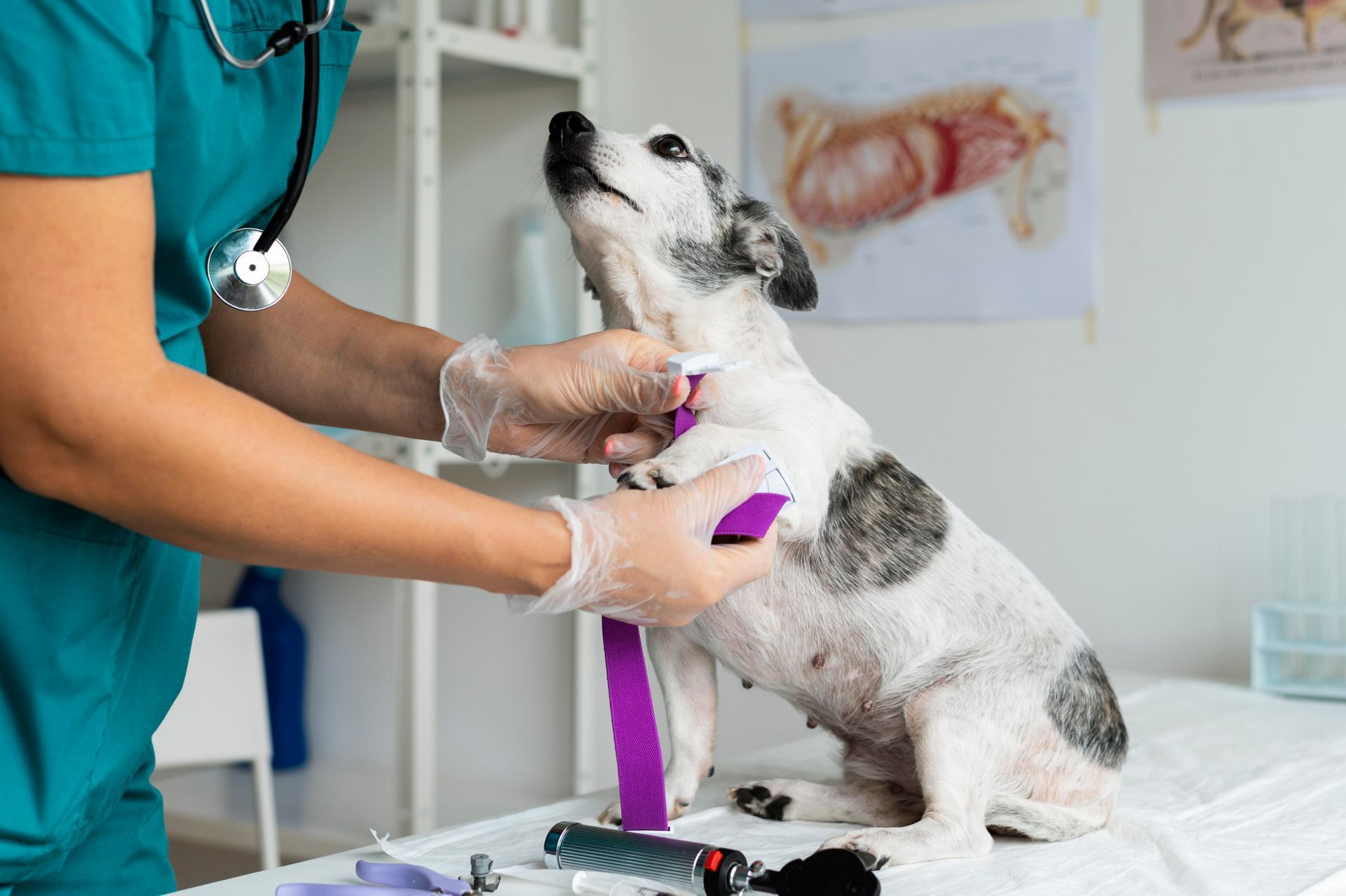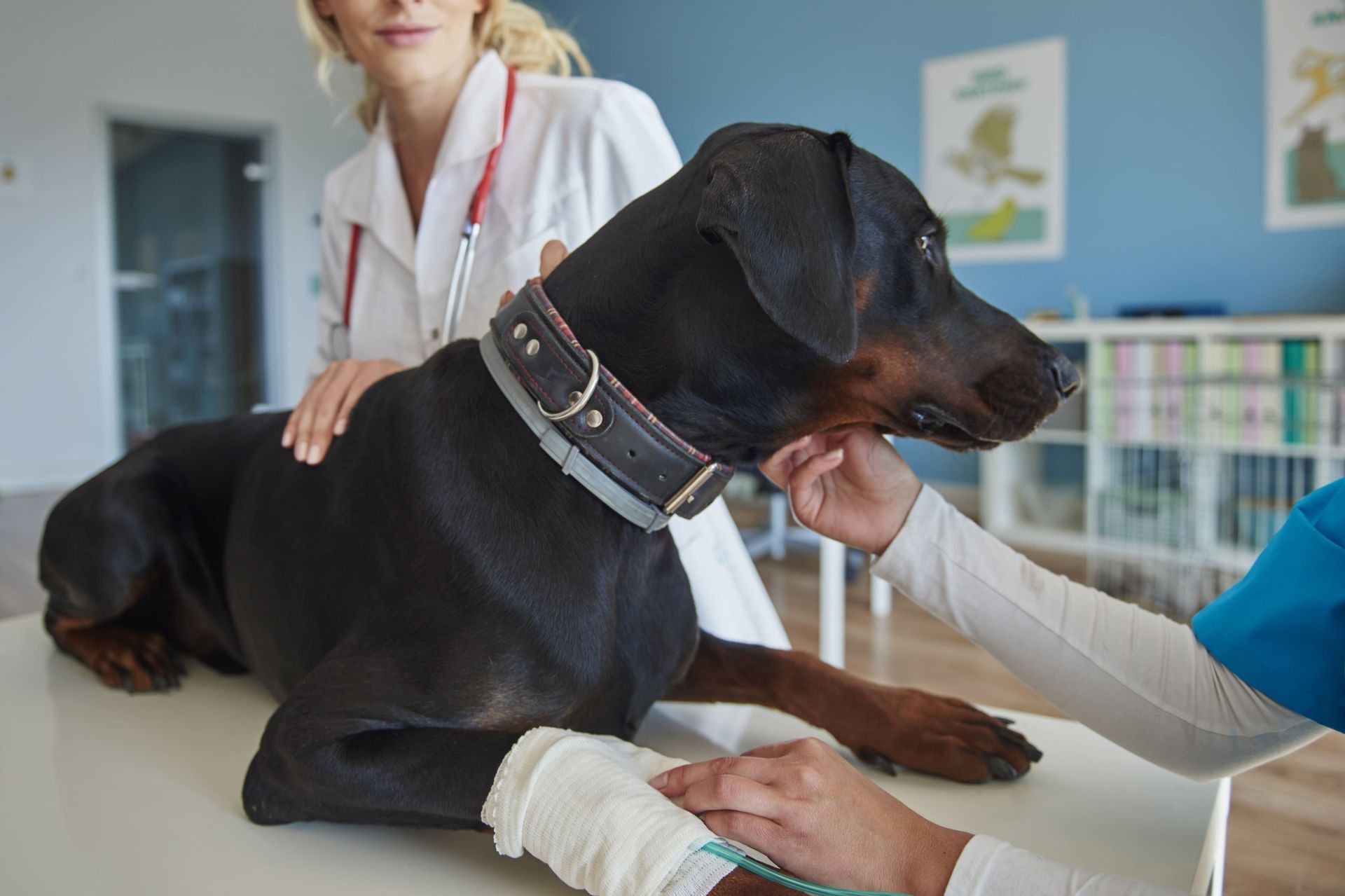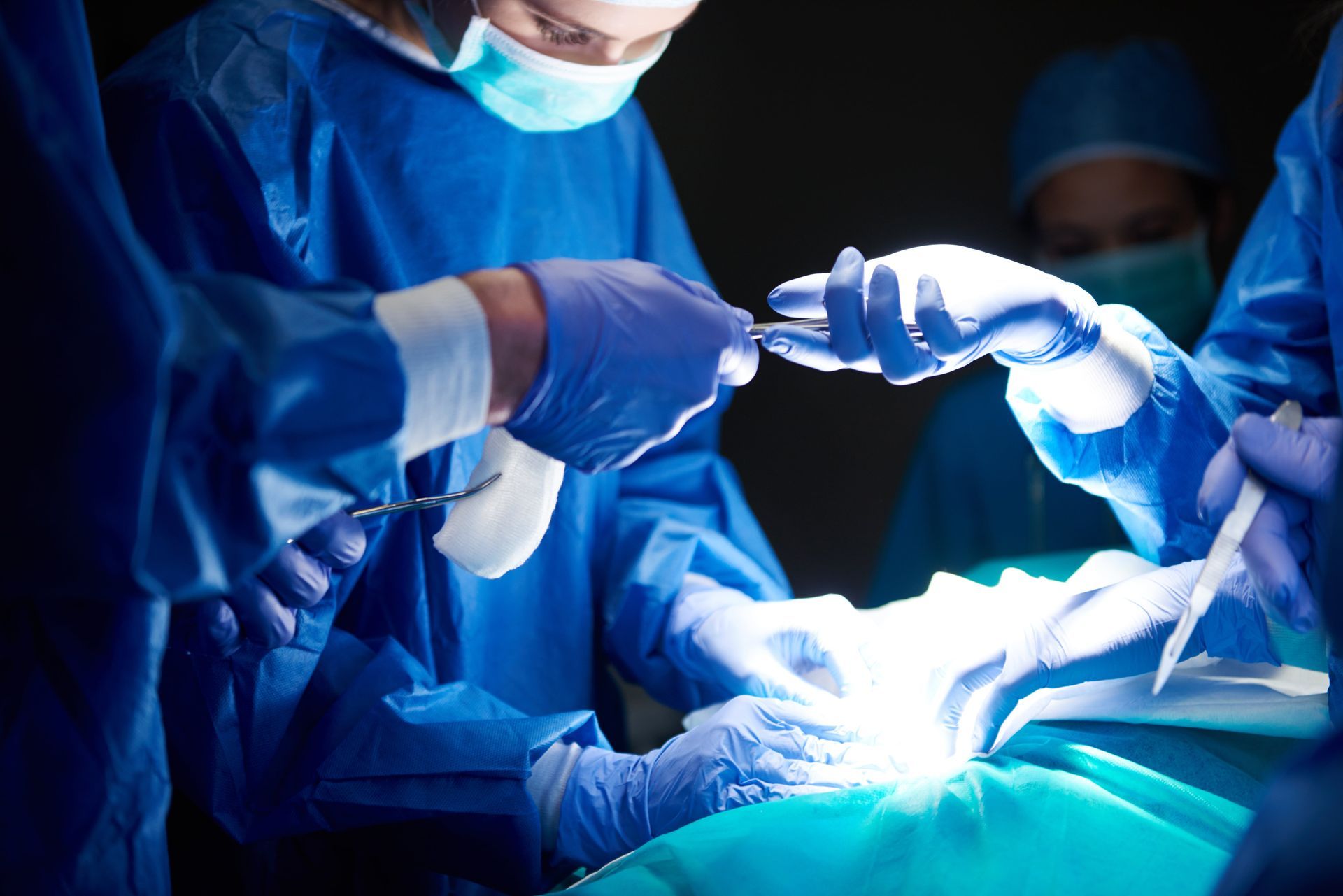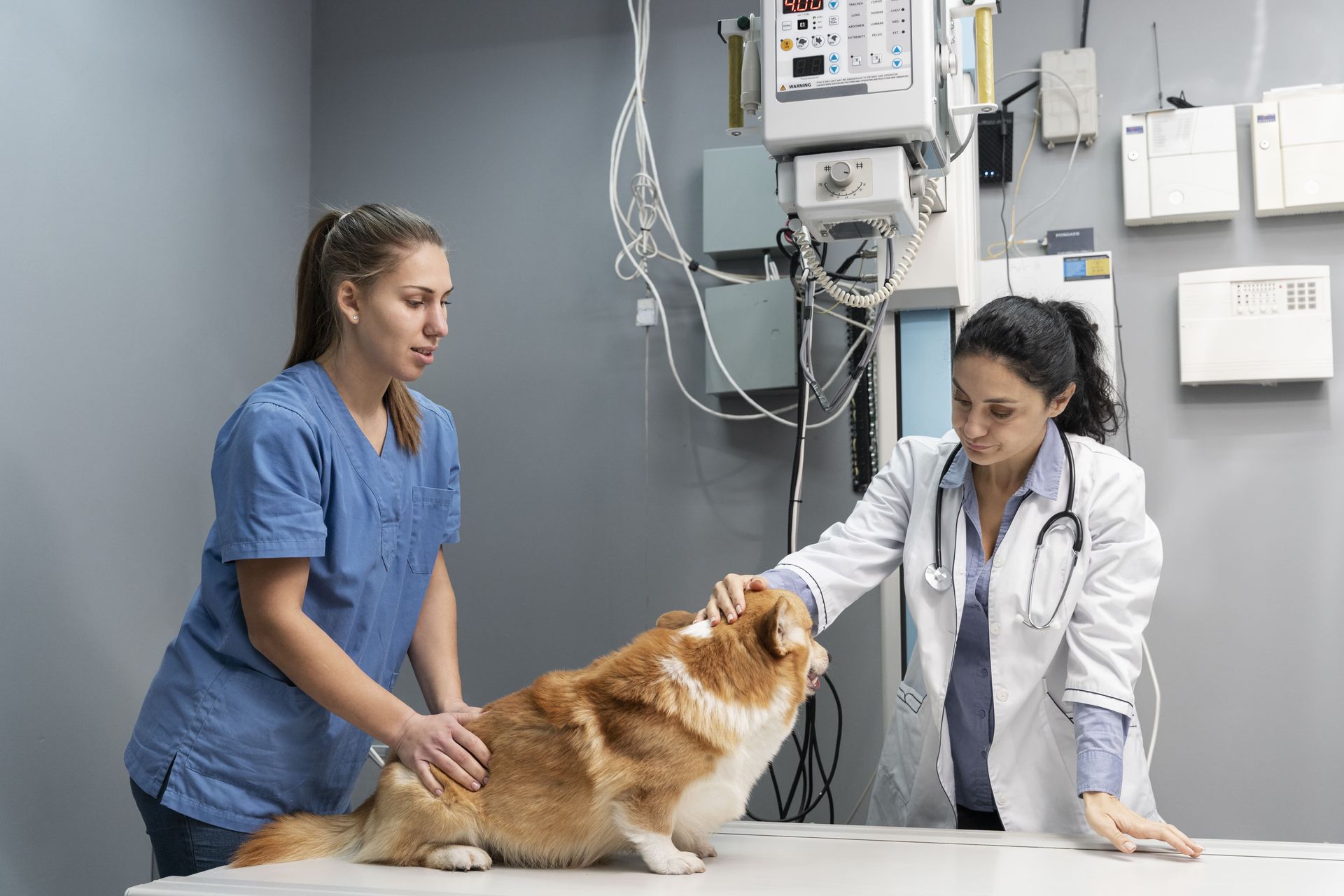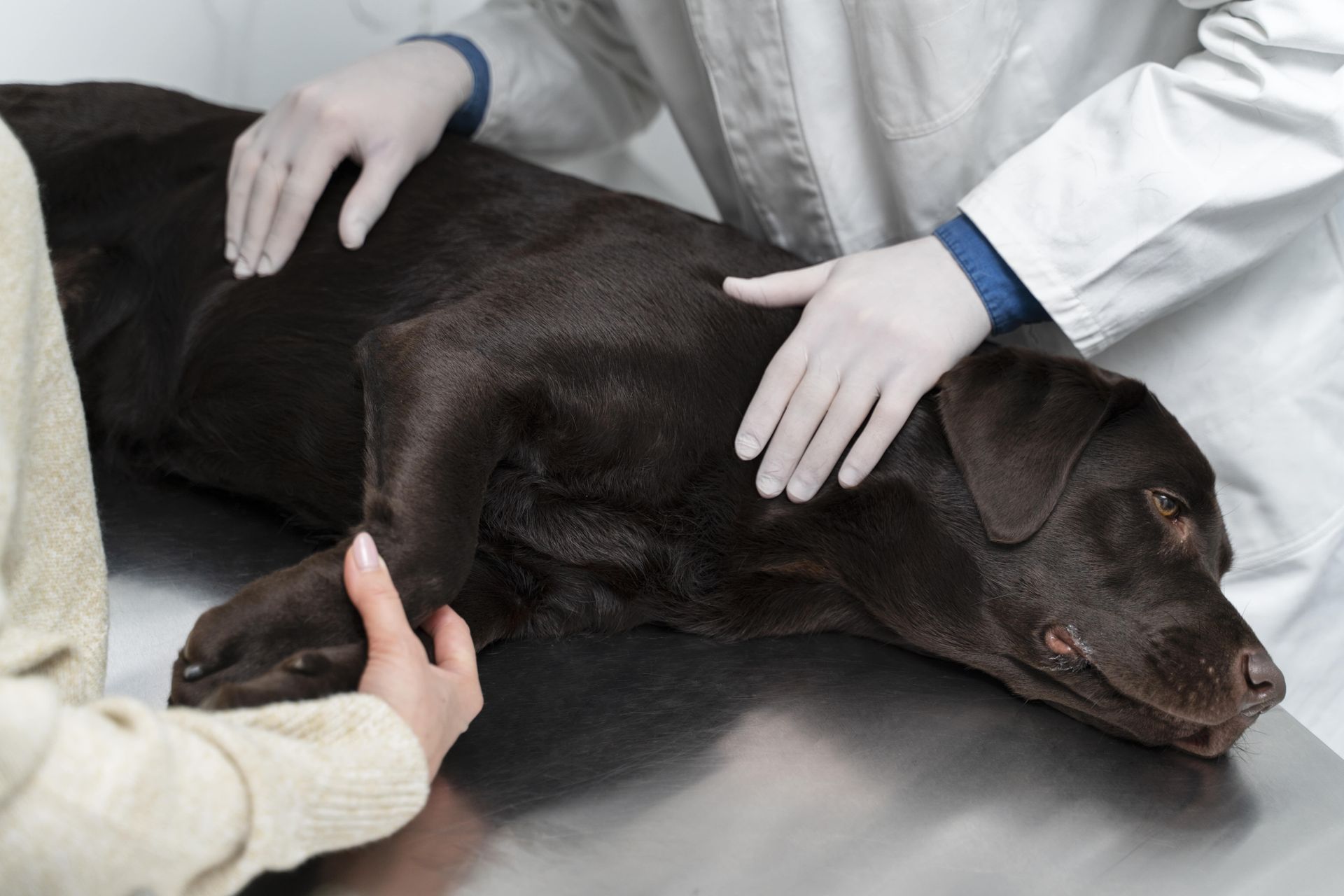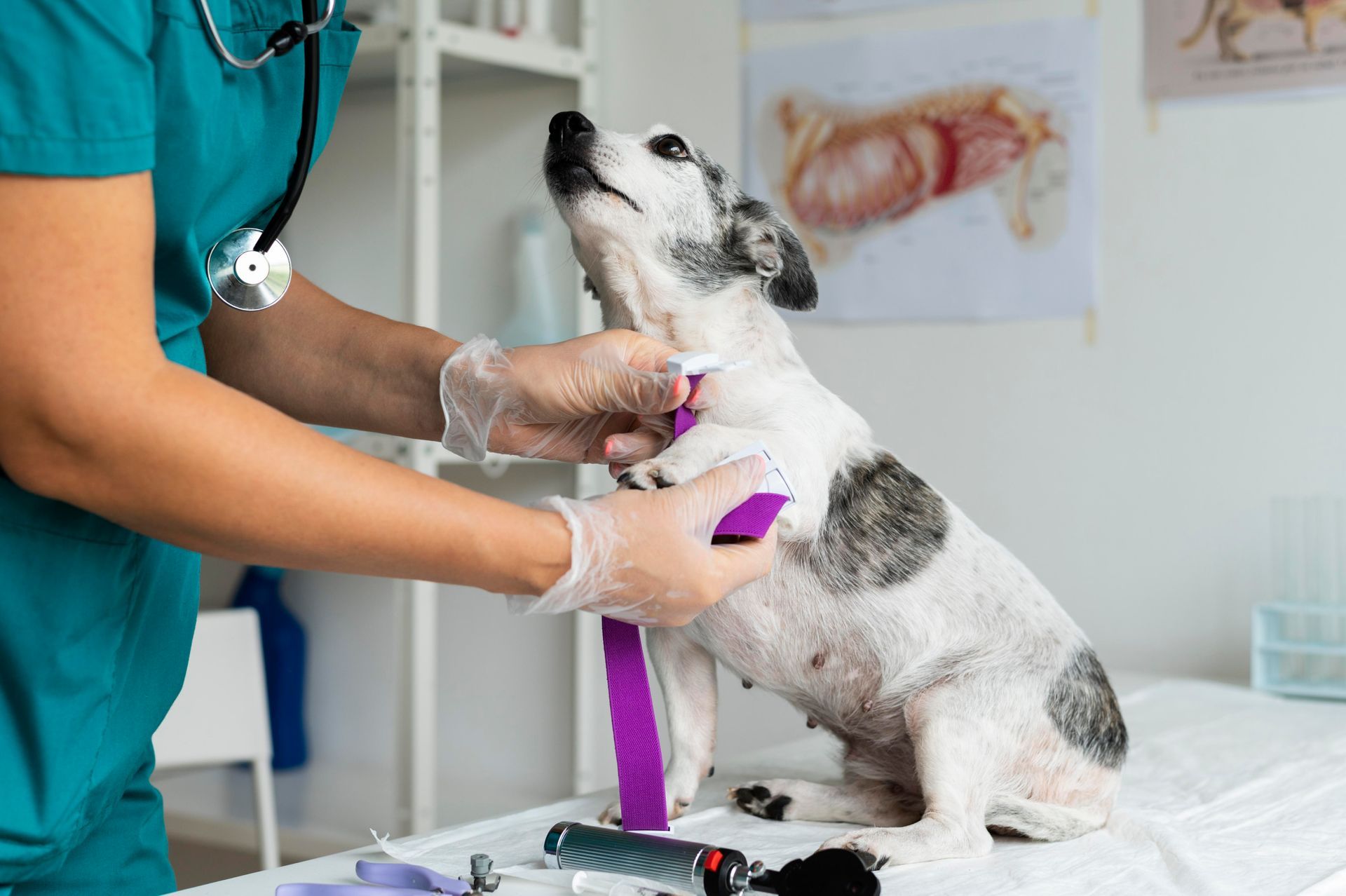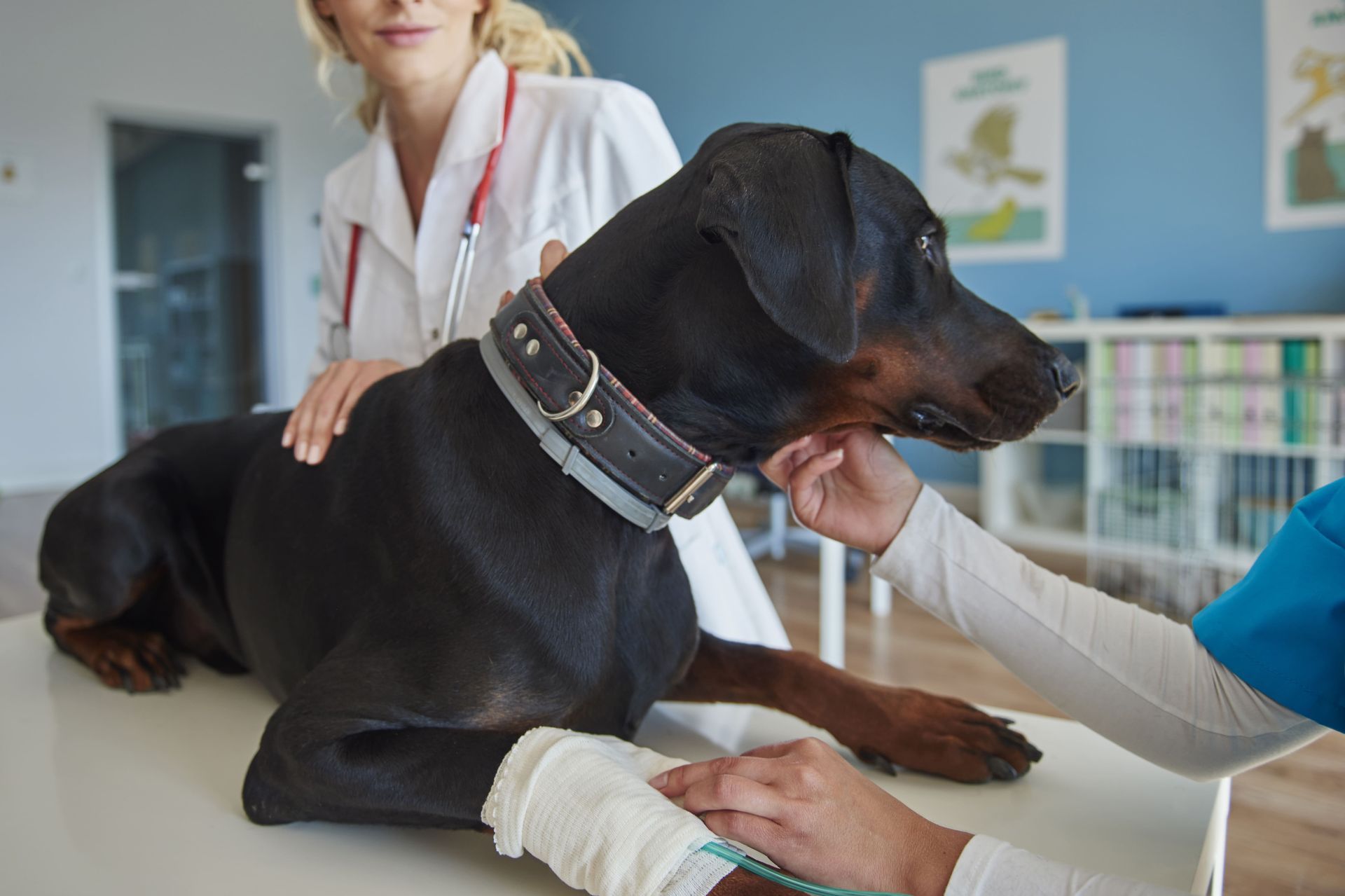Veterinary endoscopy is becoming an increasingly popular diagnostic and treatment tool in modern pet care, and for good reason. This advanced, minimally invasive procedure allows veterinarians to look inside your pet’s body using a small, flexible tube equipped with a camera. Instead of resorting to traditional surgery with large incisions, vets can now explore internal organs, retrieve foreign objects, or collect tissue samples with minimal discomfort to your pet. Whether it’s a cat suffering from chronic vomiting or a dog that’s swallowed something it shouldn’t have, veterinary endoscopy provides a faster, safer alternative with quicker recovery times. But many pet owners still wonder: Is it suitable for both cats and dogs? What exactly does it involve? In this guide, we’ll answer the most common questions about veterinary endoscopy, explore its uses for both feline and canine patients, and explain why this technique is revolutionizing how veterinarians diagnose and treat internal issues.
What is Veterinary Endoscopy?
Veterinary endoscopy is a procedure that uses a flexible tube with a camera to view the internal organs of pets. This allows the
veterinarian
to diagnose and, in some cases, treat issues without invasive surgery.
Unlike traditional surgery, which requires significant incisions, veterinary endoscopy offers a way to look inside your pet's body with just a small entry point. This technique minimizes trauma and speeds up recovery time.
It is not just limited to diagnostics; sometimes tiny tools can be passed through the endoscope to perform procedures like removing foreign objects or taking tissue samples. This cutting-edge approach has revolutionized how vets diagnose issues with greater precision and less stress for pets.
How is Endoscopy Used for Cats?
In cats, veterinary endoscopy can be particularly useful for exploring issues in the gastrointestinal tract, respiratory system, and more. It's a gentler alternative to surgical procedures, making it ideal for feline patients.
Cats are naturally curious animals, which occasionally leads to ingesting things they shouldn’t. Veterinary endoscopy is less stressful for the cat when retrieving these objects compared to surgery.
Conditions like chronic vomiting or unexplained weight loss can leave cat owners concerned. Veterinary endoscopy allows veterinarians to get a better look at what's causing these symptoms by examining areas like the stomach or intestines. It's a game-changer in feline medicine, helping detect conditions early before they become serious.
How is Endoscopy Used for Dogs?
Dogs benefit from veterinary endoscopy in similar ways to cats. It is frequently used to investigate stomach issues, retrieve swallowed objects, and take biopsies of tissues without significant incisions.
Imagine your dog has swallowed something they shouldn’t have—it happens quite often, doesn't it? Veterinary endoscopy can be a lifesaver by safely retrieving such objects.
Whether it's a case of recurring diarrhea or a mysterious cough, veterinary endoscopy provides a clearer insight and enables more targeted treatments, improving your dog's quality of life. Dogs of all breeds and sizes can benefit from this minimally invasive technique.
What are the Benefits of Veterinary Endoscopy?
When it comes to diagnosing and treating internal issues in pets, veterinary endoscopy offers several advantages over traditional surgical methods. Here are some key benefits that make this procedure a preferred choice for both veterinarians and pet owners:
Minimally Invasive: Unlike traditional surgeries that require large incisions, veterinary endoscopy uses a tiny entry point, resulting in less trauma to your pet’s body.
Faster Recovery Time: Pets usually bounce back quickly after the procedure, often returning to normal activities within a day or two.
Reduced Pain and Discomfort: Because the procedure is less intrusive, pets experience significantly less post-operative pain and stress.
Accurate Diagnosis: With a built-in camera offering high-quality visuals, veterinarians can closely examine internal organs, leading to more precise diagnoses.
Dual Purpose – Diagnose & Treat: In many cases, the endoscope can also be used to perform treatments such as removing foreign objects or taking biopsies—making it both a diagnostic and therapeutic tool.
Are There Risks Involved?
While generally safe, veterinary endoscopy carries small risks, such as reactions to anesthesia or perforation of organs. Discussing these with your vet will help you weigh the pros and cons.
Like any medical procedure, it is vital to consider any potential allergic reactions your pet might have to medications used during the process. Always consult with
a trusted veterinarian
to tailor the safest plan for your pet.
How to Prepare for Your Pet’s Endoscopy?
Getting your pet ready for veterinary endoscopy involves a few simple but essential steps to ensure safety and effectiveness:
- Fasting: Most pets will need to fast for 8–12 hours prior to the procedure. This ensures the stomach is empty, especially important for gastrointestinal examinations.
- Hydration: While food is restricted, water may be allowed up to a certain time before the procedure—your vet will give specific guidelines.
- Medication Adjustments: Inform your vet about any medications your pet is currently taking. They may adjust dosages or temporarily pause certain medications.
- Pre-Procedure Testing: Bloodwork or imaging may be done in advance to confirm your pet is fit for anesthesia.
- Calm Environment: On the day of the procedure, keep your pet calm and stress-free. Bring a favorite toy or blanket to help them feel comfortable at the vet’s office.
Following these preparation steps helps ensure a smooth procedure and a speedy recovery for your furry friend.
Final Words
Veterinary endoscopy is a versatile and modern diagnostic tool that brings precision, comfort, and safety to pet healthcare. Whether it's investigating chronic conditions, retrieving foreign objects, or obtaining tissue samples, this minimally invasive procedure offers a wealth of benefits for both cats and dogs.
By reducing recovery times, minimizing pain, and offering crystal-clear insights into what’s going on inside your pet, veterinary endoscopy empowers veterinarians and reassures pet parents alike. If your veterinarian recommends this procedure, know that it represents a thoughtful, technologically advanced choice aimed at improving your pet’s health and happiness.
FAQs
Q-1. Can veterinary endoscopy be used on both small and large dog breeds?
Ans: Yes! Veterinary endoscopy can be adjusted with different sizes of scopes and tools, making it suitable for both small breeds like Chihuahuas and larger ones like Golden Retrievers.
Q-2. How long does a veterinary endoscopy procedure typically take?
Ans: Most procedures last between 20 to 60 minutes, depending on the complexity. Your vet will give you a better estimate based on your pet’s condition.
Q-3. Is my pet put under general anesthesia during endoscopy?
Ans: Yes, pets are typically under general anesthesia to keep them still and pain-free during veterinary endoscopy. However, the anesthesia time is often shorter than with surgery.
Q-4. How soon can my pet return to normal activities after the procedure?
Ans: Most pets recover quickly, often within a day or two, thanks to the non-invasive nature of veterinary endoscopy. Your vet will give specific aftercare instructions for a smooth recovery.
